The heads of some burrs (such as tungsten carbide burrs) include the blades which put off material. These blades may additionally be positioned at one of a kind angles in order to alternate the property of the burr. More obtuse angles will produce a negative rake perspective which increases the powerand durability of the burr. More acute angles will produce a superb rake angle which has a sharper blade, but which dulls greater quickly. The heads of different often used burrs are protected in a high-quality grit which has a similar reducing function to blades (e.g. high velocity diamond burrs).
There are a range of shapes of burrs that consist of round, inverted cone, straight fissure, tapered fissure, and pear-shaped burrs. Additional cuts throughout the blades of burrs were delivered to increase slicing efficiency, but their advantage has been minimized with the advent of high-speed handpieces. These extra cuts are called crosscuts. Due to the vast array of unique burrs, numbering structures to categorise burrs are used and consist of a US numbering device and a numbering machine used by means of the International Organization for Standardisation (ISO).
The instrument wishes to be disinfected after each and every usage to prevent contamination at some stage in succeeding incisions. Due to the mechanical structure of the device, this need to now not be done with alcoholic disinfectant, as that would wreck the lubricants. Instead it has to be achieved in an autoclave after eliminating the drill, washing the instrument with water and lubricating it. The United States Food and Drug Administration classes burrs as "single-use devices".
Dental Burs cutting floor are either made of a multifluted tungsten carbide, a diamond coated tip, or a stainless steel multifluted rose head. There are many unique kinds and classifications of burs. Some of the most frequent are: the round bur(sizes ¼ to 10) or inverted cone (sizes 33½ to 90L). Burs are also labeled via the type of shank. For instance a latch type, or right angle bur, is only used in the slow velocity handpiece with contra-angle attachment. Long shank or shaft is solely used in the slow speed when the contra-angle is not in use, and eventually a friction grip bur, which is a small bur, is used only in the high-speed handpiece.
There are many bur shapes that are utilized in more than a few particular procedures. Operative burs, Flat fissure, pear-shaped, football, round, tapered, flame, chamfer, bevel, quit cut, bud bur, steel, inverted cone, diamond, brown stone, and greenstone.

 +86-021-50327060
+86-021-50327060
 zq@lzqtech.com
zq@lzqtech.com
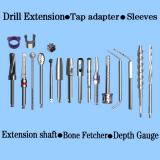 Medical Instrument
We can achieve perfect edge quality and dimensional tolerance up to±0.0005mm (±0.5μm) in the process of micro, ultra-long, ultra-thin, super-abrasive, impact-resistant, high-precision and combined ... VIEW MORE
Medical Instrument
We can achieve perfect edge quality and dimensional tolerance up to±0.0005mm (±0.5μm) in the process of micro, ultra-long, ultra-thin, super-abrasive, impact-resistant, high-precision and combined ... VIEW MORE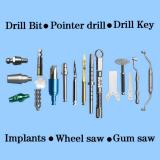 Implant
Corresponding and matching drills and tools of different types, forms, shapes, structures can be high precisely ground to mold according to different brands and different types of implants forms, shap... VIEW MORE
Implant
Corresponding and matching drills and tools of different types, forms, shapes, structures can be high precisely ground to mold according to different brands and different types of implants forms, shap... VIEW MORE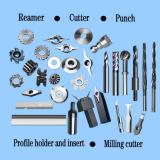 Cutting Tools
Super-hardness machining for special, non-standard new ite ms with different size and tolerance. VIEW MORE
Cutting Tools
Super-hardness machining for special, non-standard new ite ms with different size and tolerance. VIEW MORE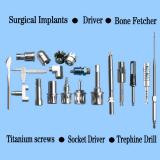 Accessory Parts
we can customize for you according to your samples or drawings for any manufacturing of ceramic,carbide,stainless high-speed steel, stainless steel, titanium alloy, titanium diamond, etc series, hig... VIEW MORE
Accessory Parts
we can customize for you according to your samples or drawings for any manufacturing of ceramic,carbide,stainless high-speed steel, stainless steel, titanium alloy, titanium diamond, etc series, hig... VIEW MORE
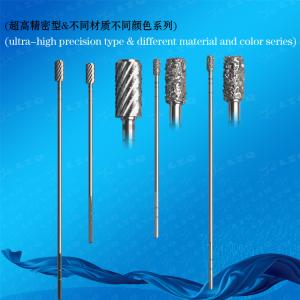
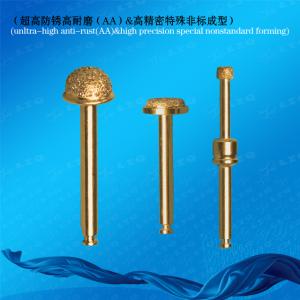
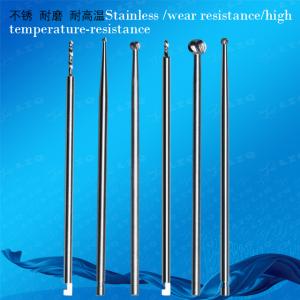
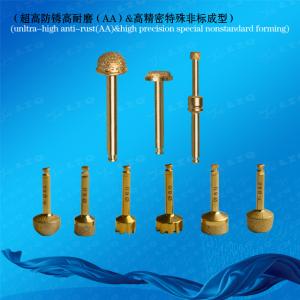
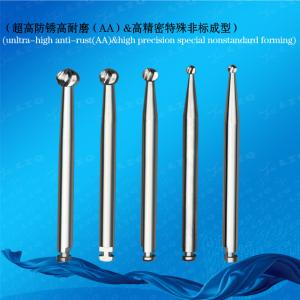
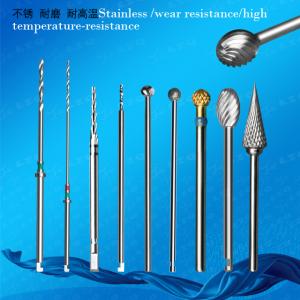
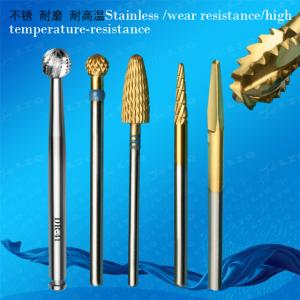
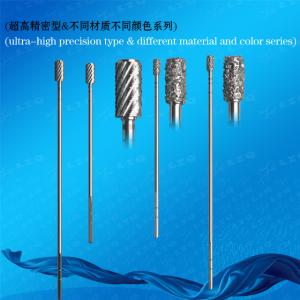
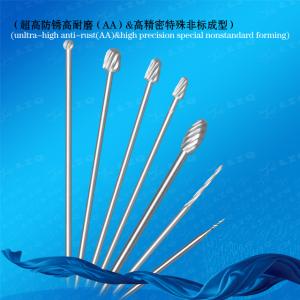
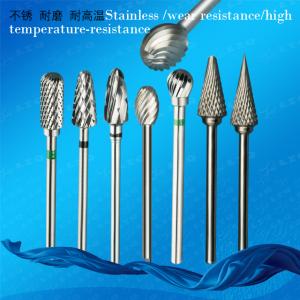
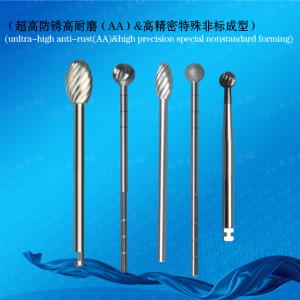
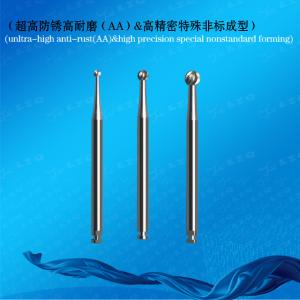
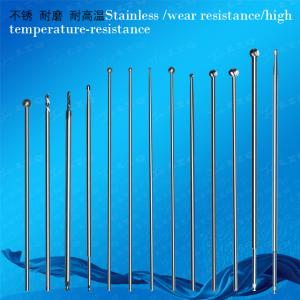
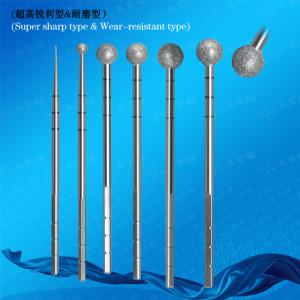
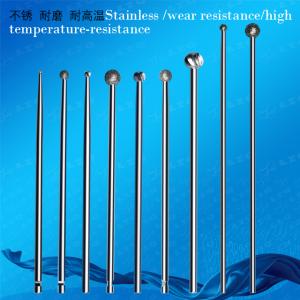
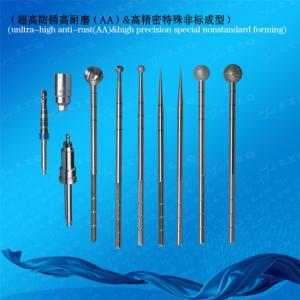
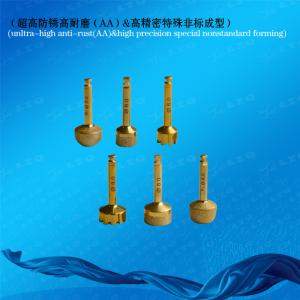
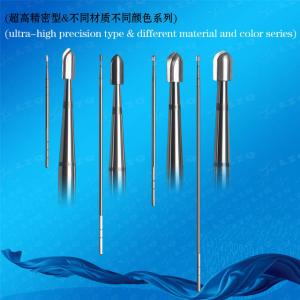
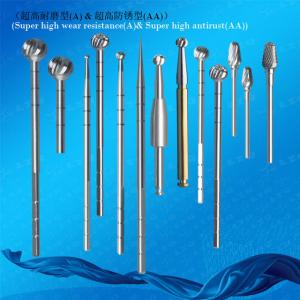
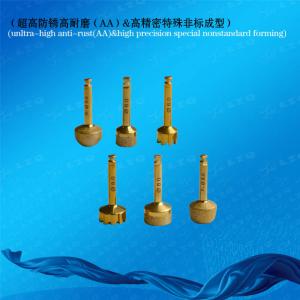
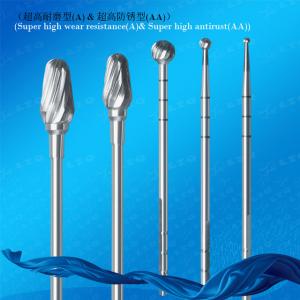
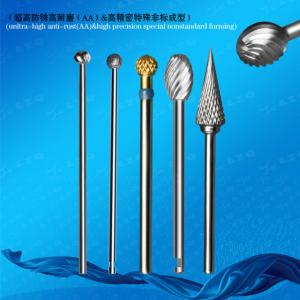
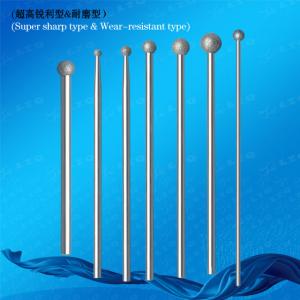
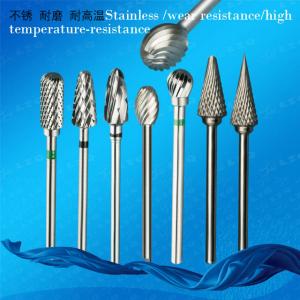
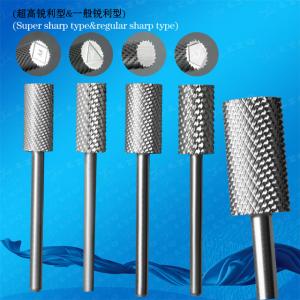
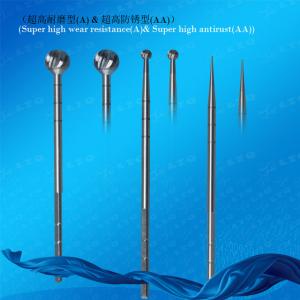
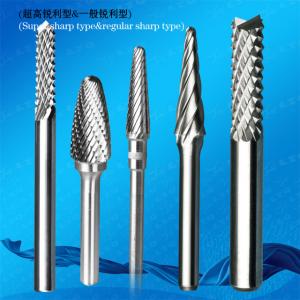
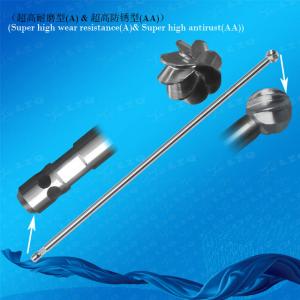
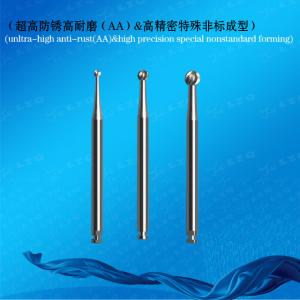
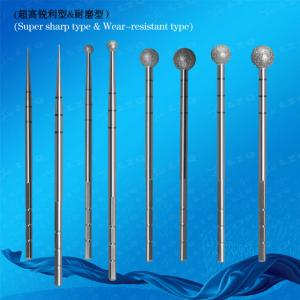
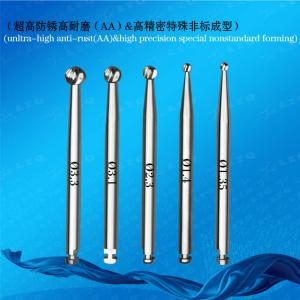
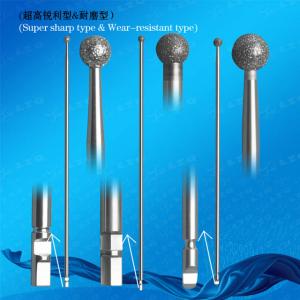
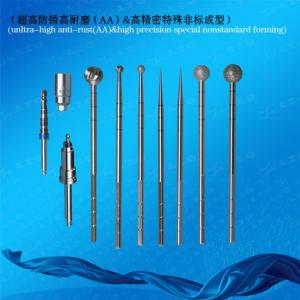
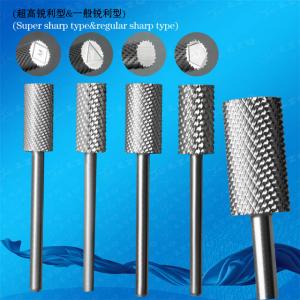
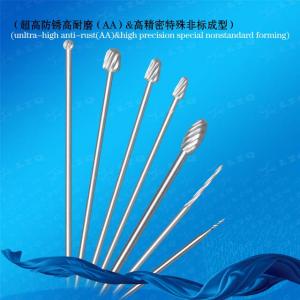
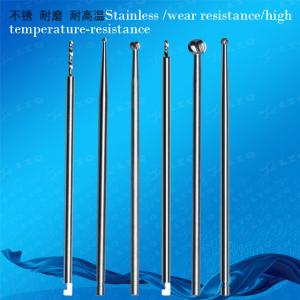
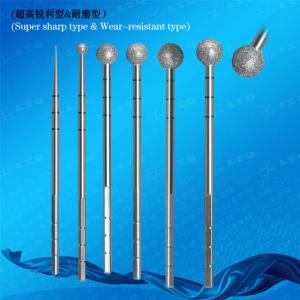
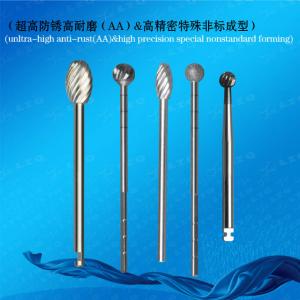
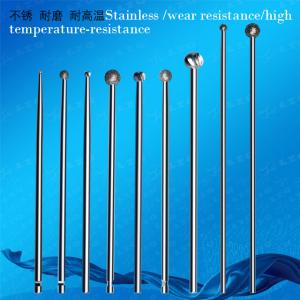
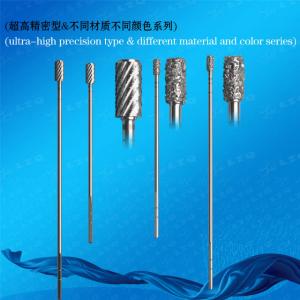
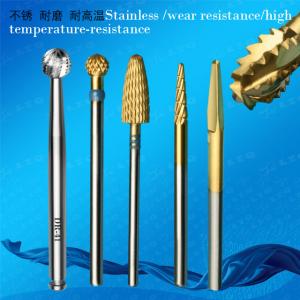
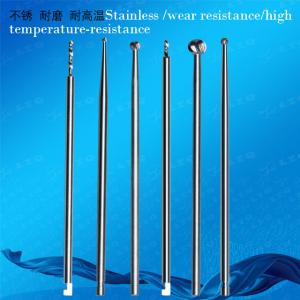
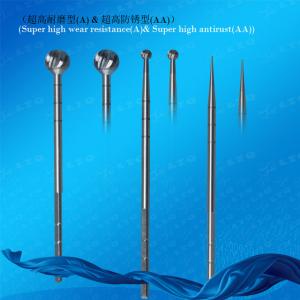
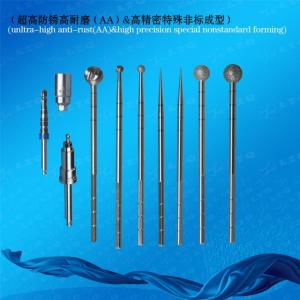
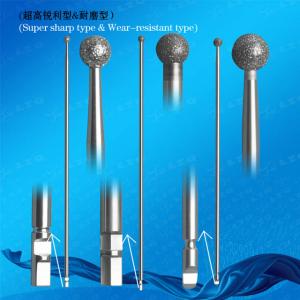
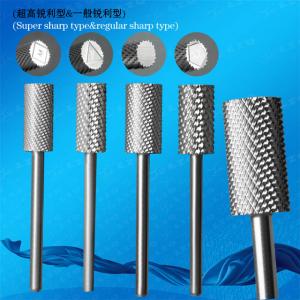
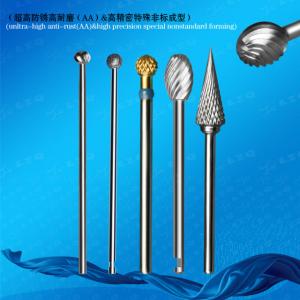
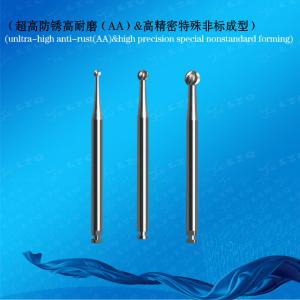
 +86-021-50327060
+86-021-50327060 
 NO.1269 Plant, Jinhu Road, Jinqiao Export Processing Zone, Pudong New District, Shanghai, China.
NO.1269 Plant, Jinhu Road, Jinqiao Export Processing Zone, Pudong New District, Shanghai, China. 
